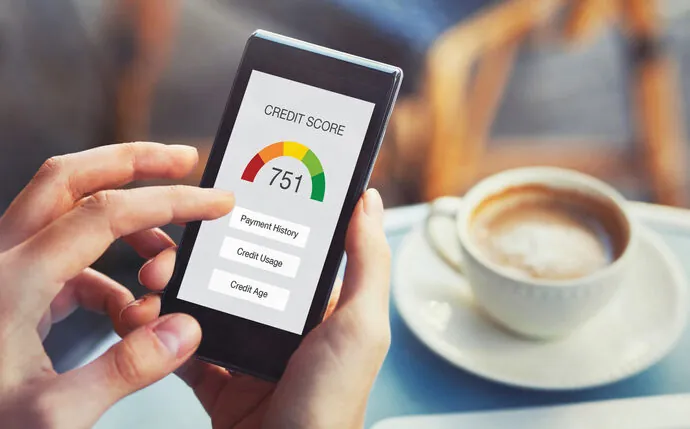Two Ways to Tap Your Home’s Equity
With the significant run-up in home values in recent years, you might be thinking about tapping some of your home equity in order to consolidate debt or begin a remodeling project. Borrowing against the equity in your home can take a couple of forms: a home equity loan or a home equity line of credit (HELOC).
Of course, in order to qualify for either one, you have to have equity in your home. That means you owe less on it than the home is worth. Typically, you’ll need to have at least 20% equity and you’ll be able to borrow up to a certain amount of that, usually 80 to 85%. So, if you own a house valued at $300,000 and owe $240,000, you may be able to borrow 80 to 85% of the $60,000 of equity, or $48,000 to $51,000.
Both home equity loans and HELOCs are “secured” loans, with your home serving as collateral. For that reason, their rates are usually much lower than those offered by credit card issuers. However, if you don’t make the required payments, you could lose your home to foreclosure.
The interest on either type of loan is deductible if you use the money to renovate the home serving as collateral for the loan.
While there are some similarities between these two types of loans, here are some key differences.
Home equity loan
With a home equity loan, you receive a lump sum of money, which you then pay back with fixed monthly payments for a fixed period of time, usually 5 to 20 years, although sometimes for as long as 30 years.
The costs associated with a home equity loan may be greater than those of a HELOC since home equity loans come with closing costs. Similar to the expenses you pay when you close on a home purchase, these costs may total 2 to 5 percent of the loan value.
Home equity loans are best for one-time expenses, such as a wedding or to consolidate debt.
HELOC
With a home equity line of credit, you gain access to a certain amount of money that you can tap in smaller increments for a specific amount of time. This “draw period” commonly lasts for 10 years, during which you may only need to pay the interest on the amount borrowed. After the draw period ends, you enter the repayment period, which usually lasts for 15 to 25 years. During that period, you have to pay principal and interest.
With most HELOCs, the interest rate is variable, typically 2% plus the current prime rate. Once you enter the repayment period, you may be able to convert the HELOC to a fixed-rate home equity loan.
While the overall costs associated with a HELOC are usually lower than with a home equity loan, there is typically an upfront fee for obtaining HELOC and there may be an annual maintenance fee of $50 to $100 whether you’ve tapped your line of credit or not.
A HELOC is best for ongoing costs or when you don’t know what your future needs might be.
Bottom line? Choosing between a home equity loan and a HELOC comes down to whether you would like to borrow a set amount of money (home equity loan) or would prefer ongoing access to credit as you need it (HELOC). Keep the various costs in mind as well.
Matt Bell is the author of Trusted: Preparing Your Kids for a Lifetime of God-Honoring Money Management. He speaks at churches and conferences throughout the country and writes the MattAboutMoney blog.
This article should not be considered legal, tax, or financial advice. You may wish to consult a tax or financial advisor about your individual financial situation.




